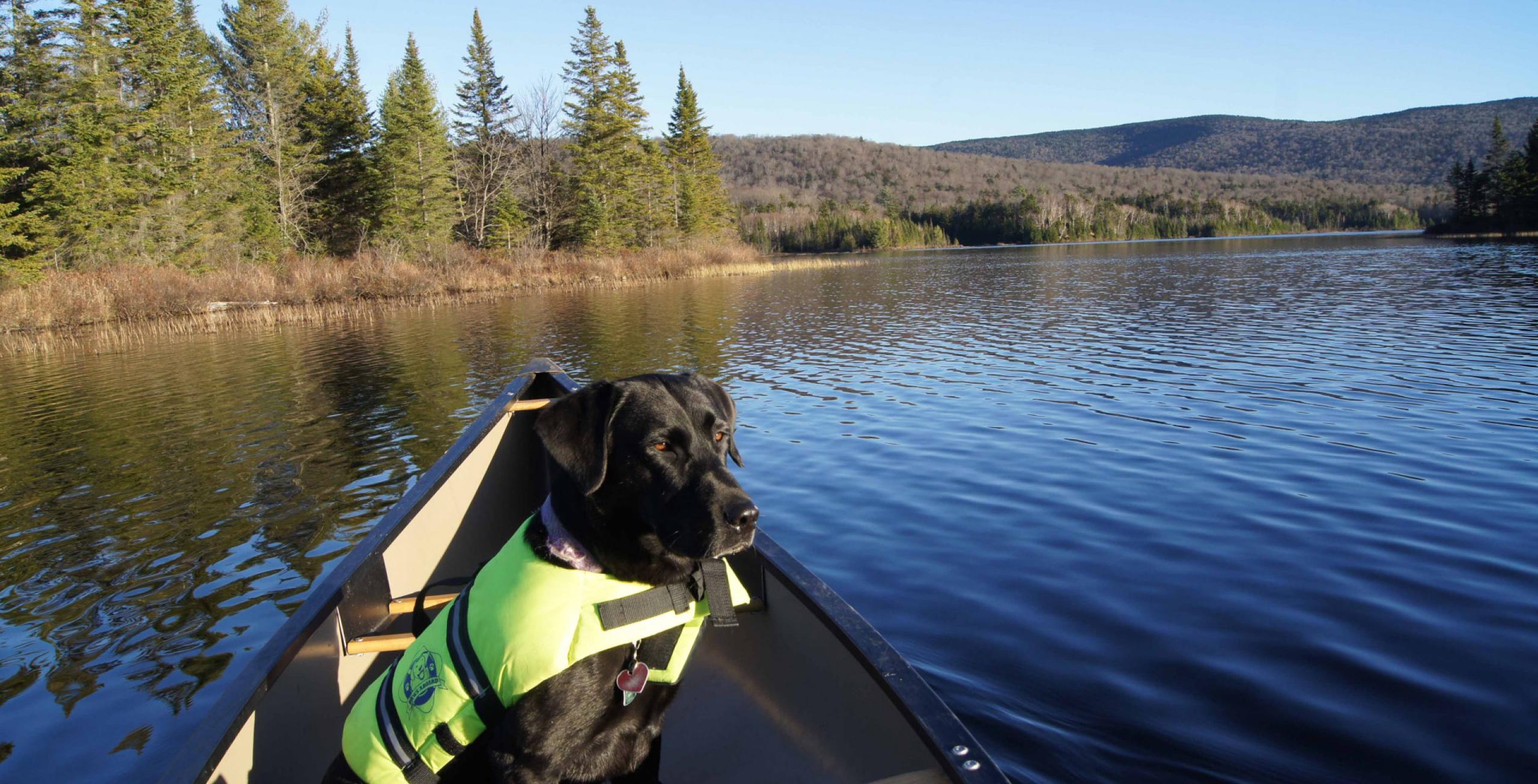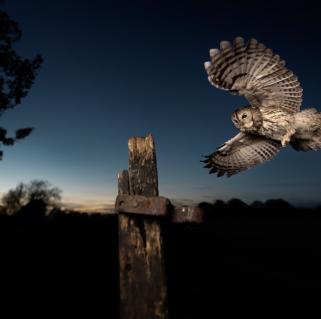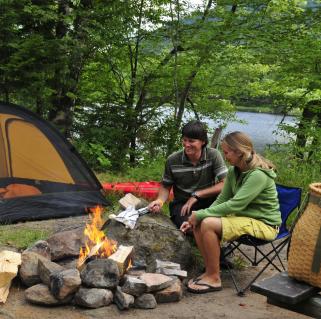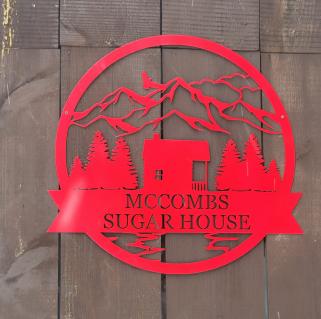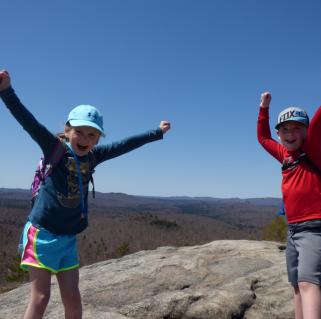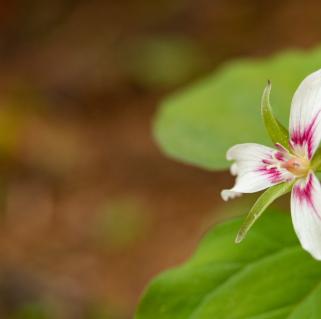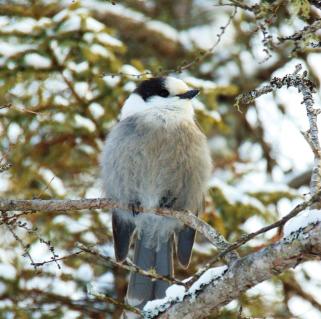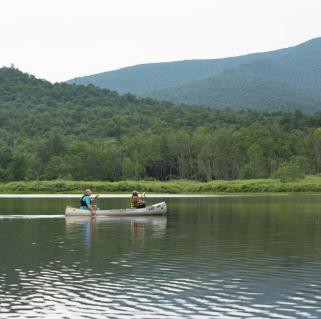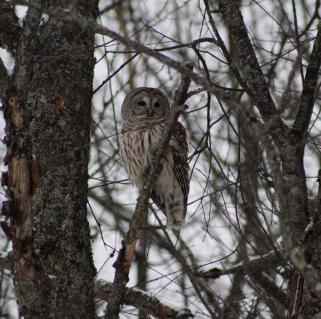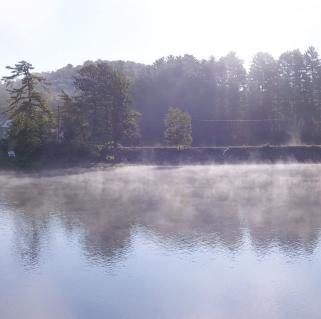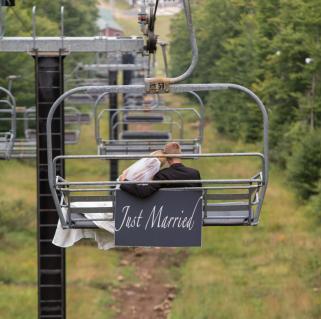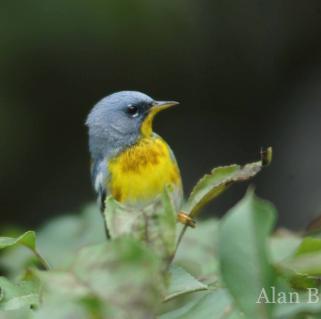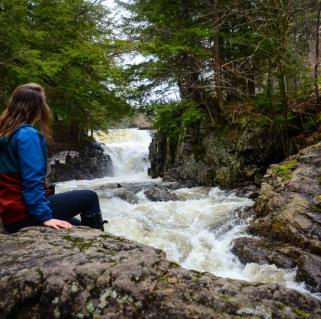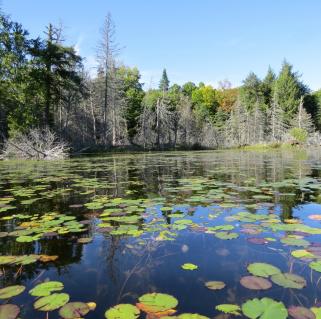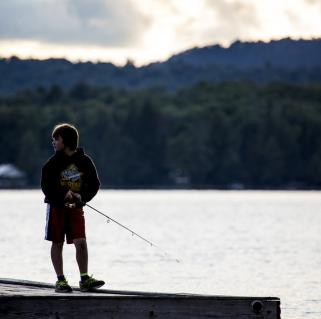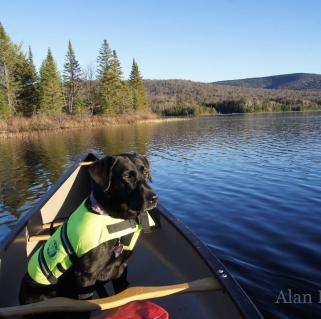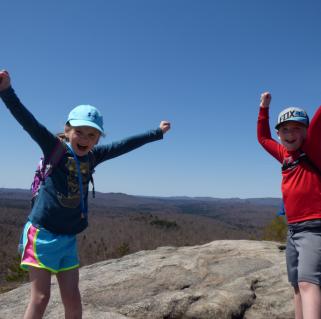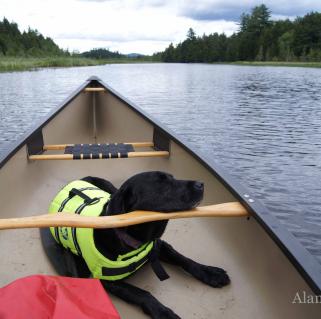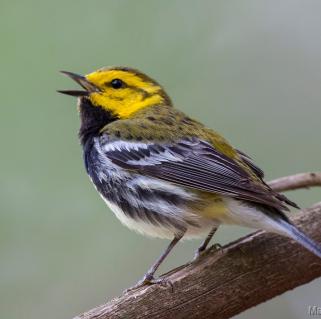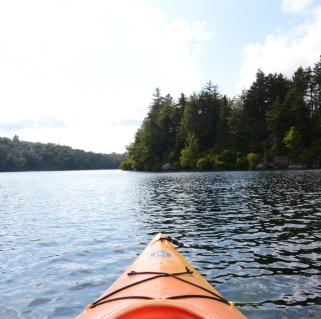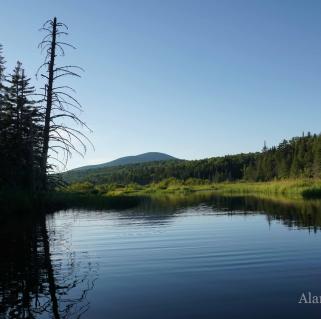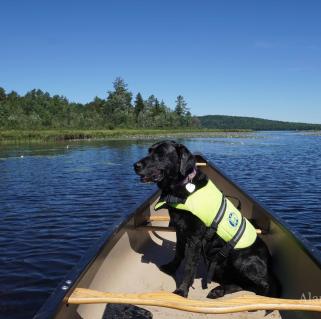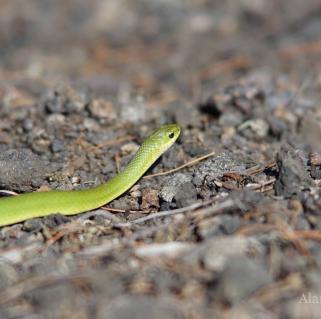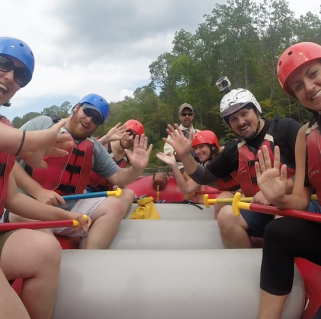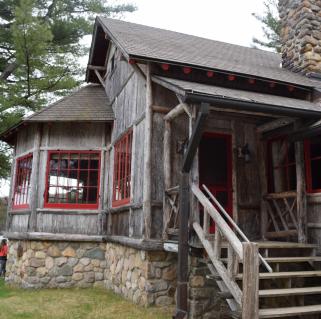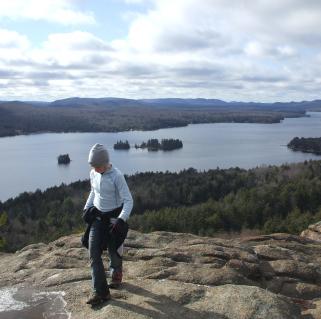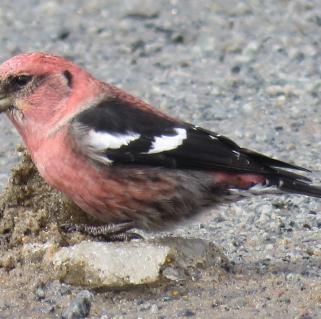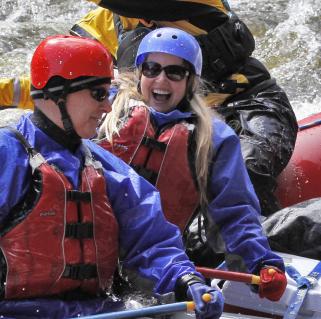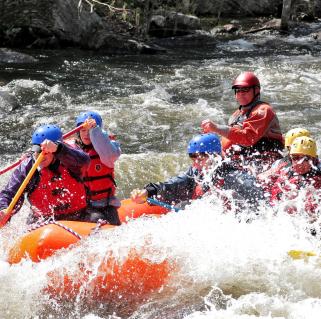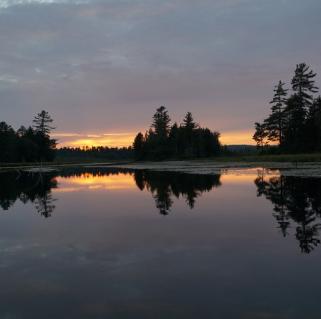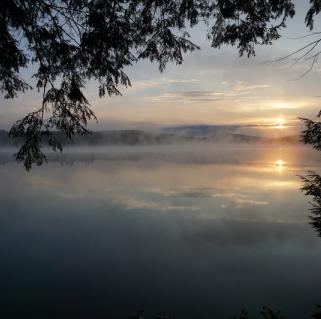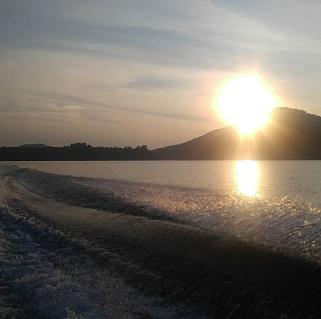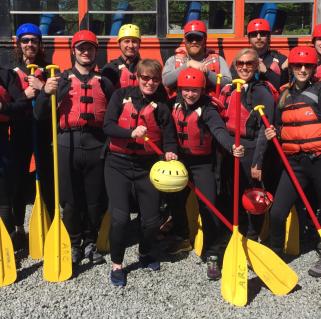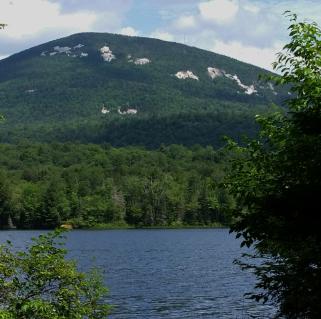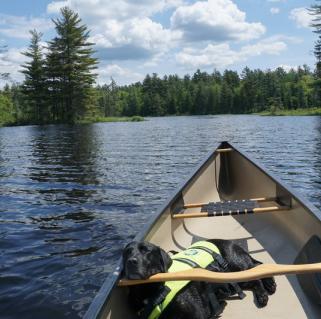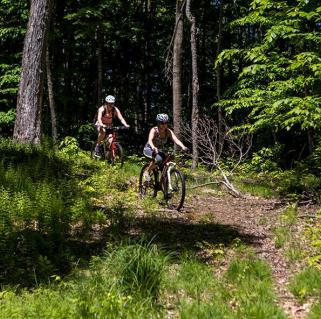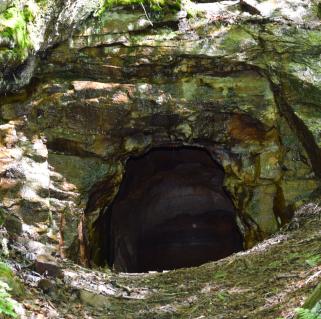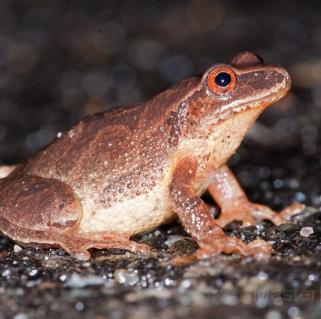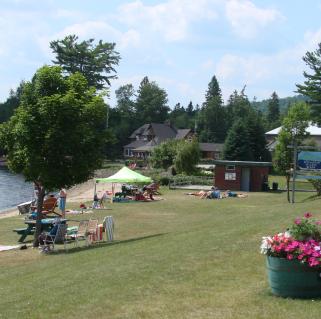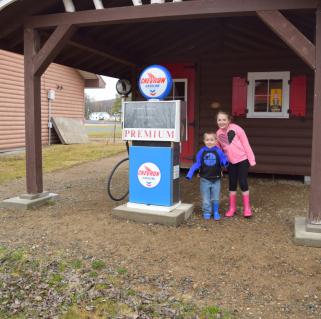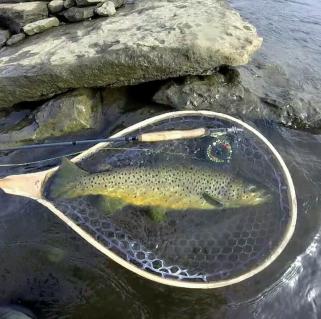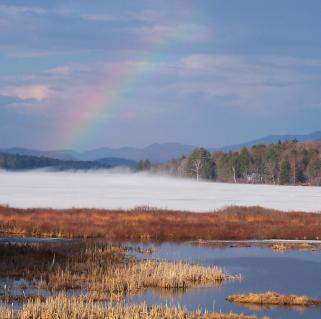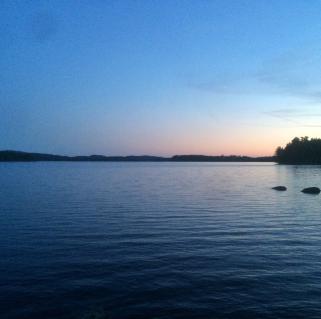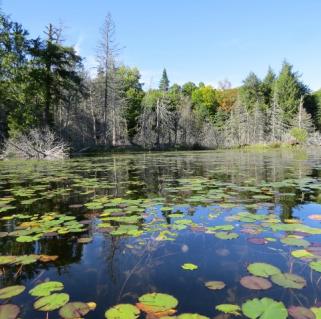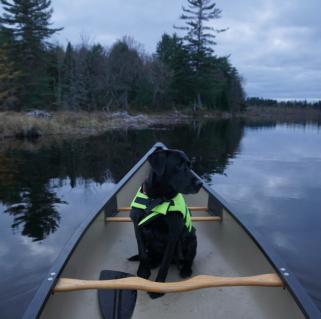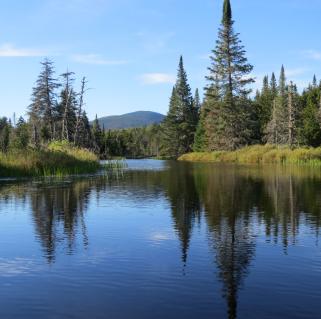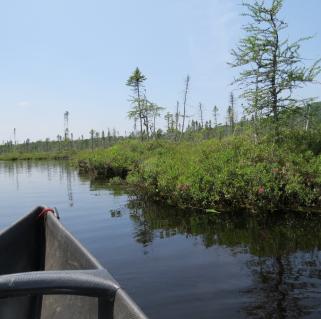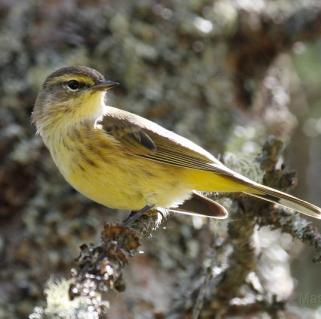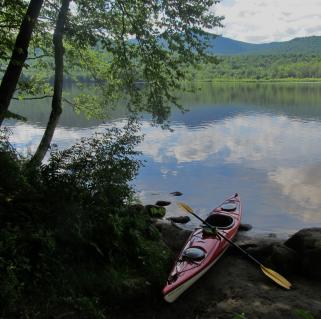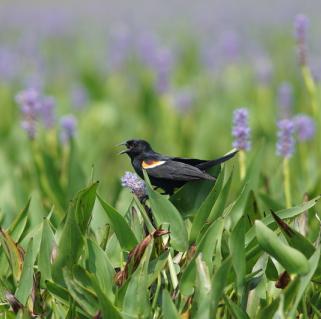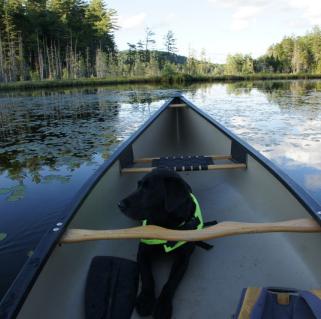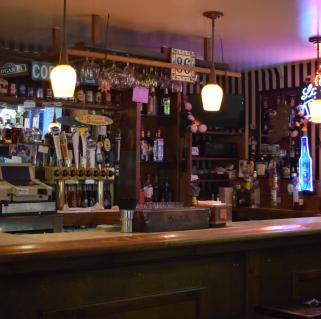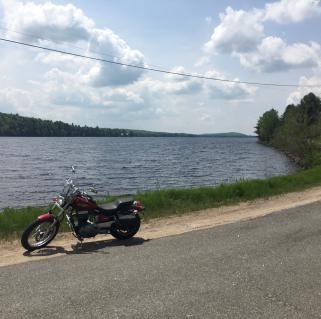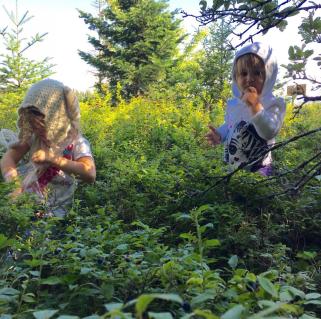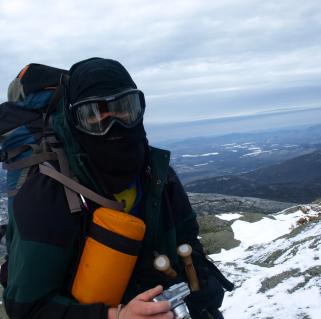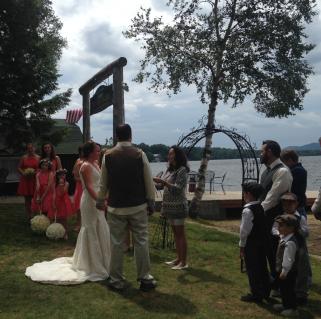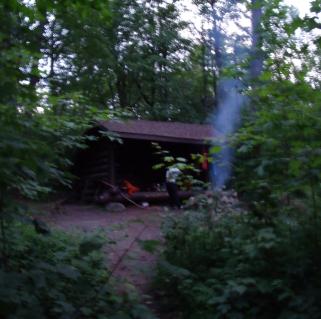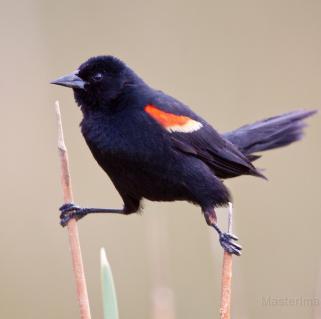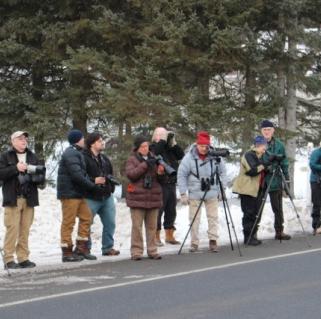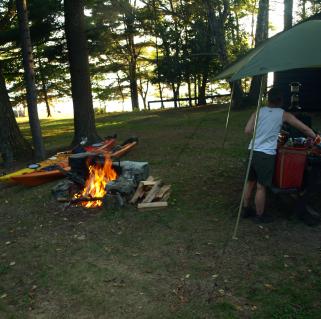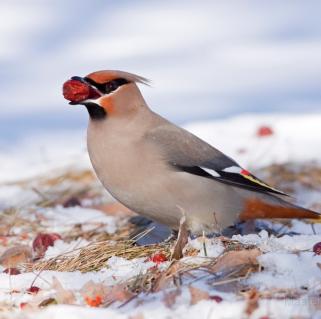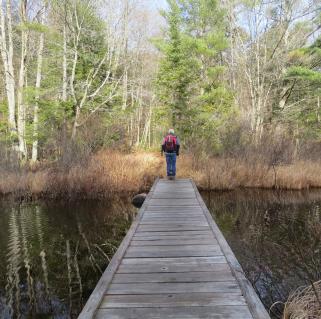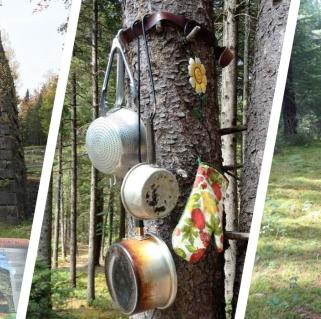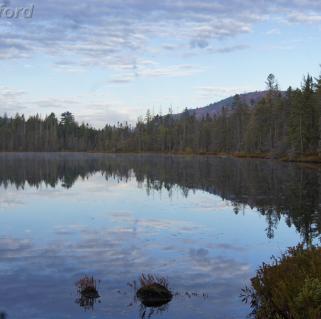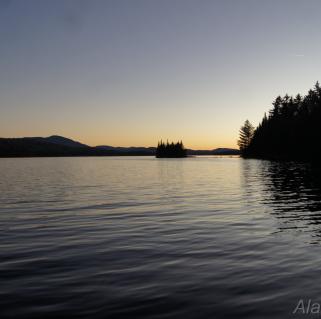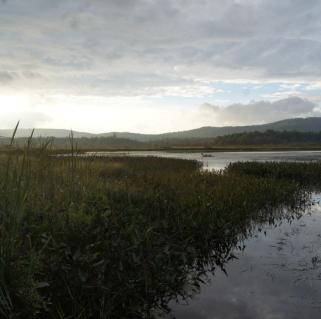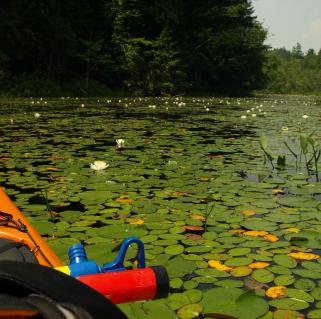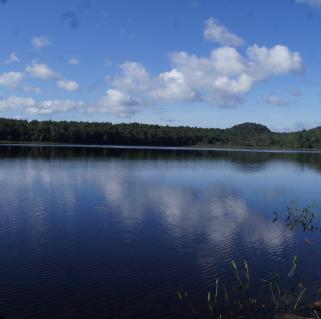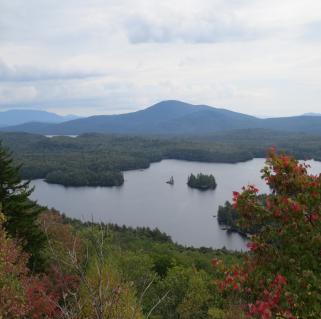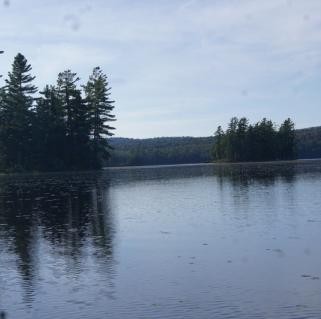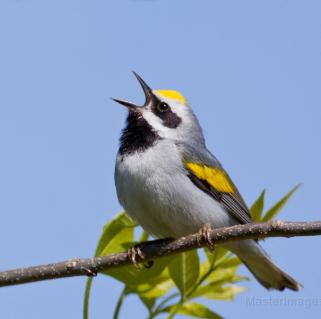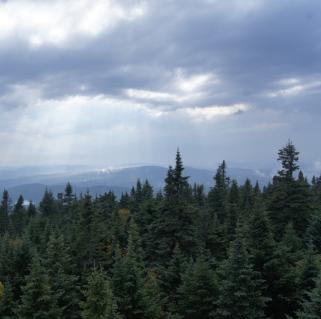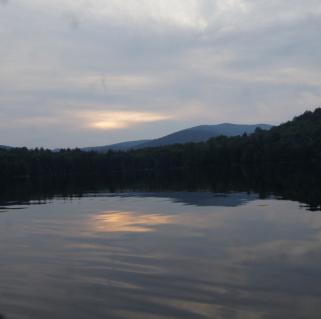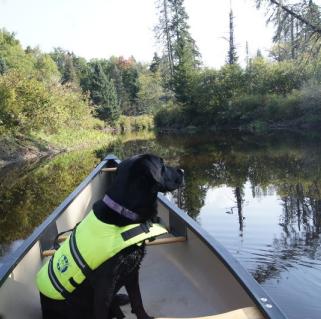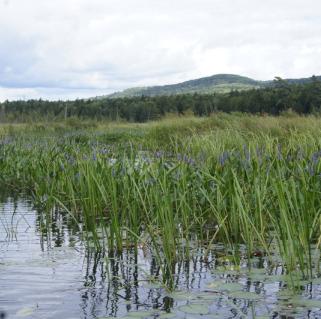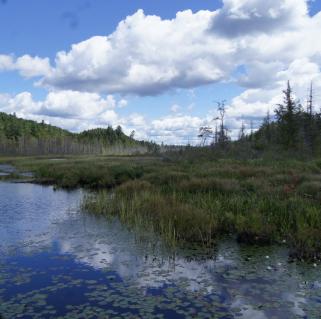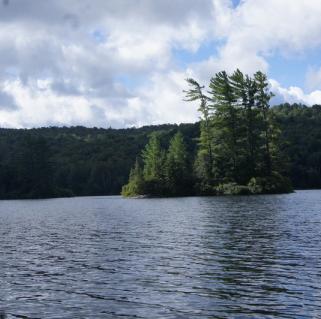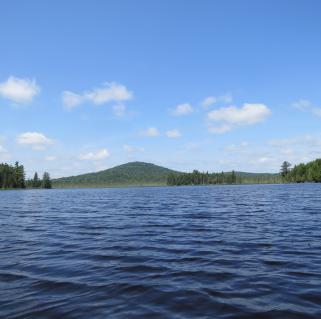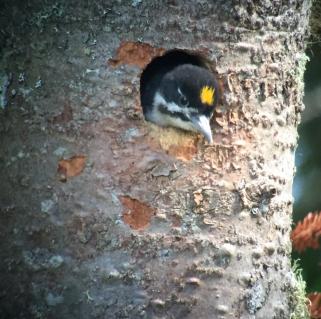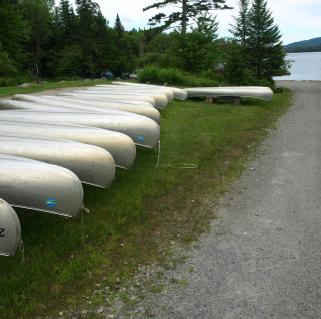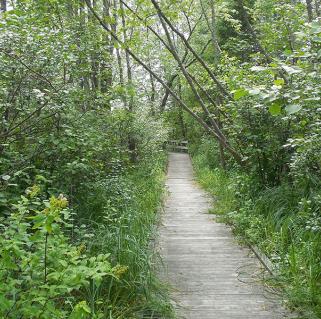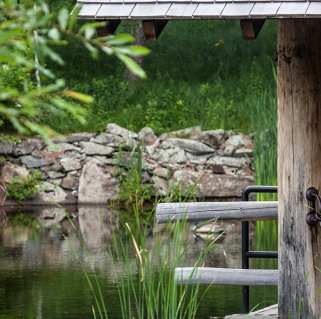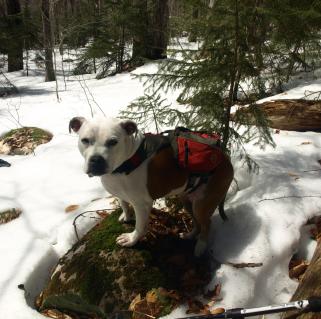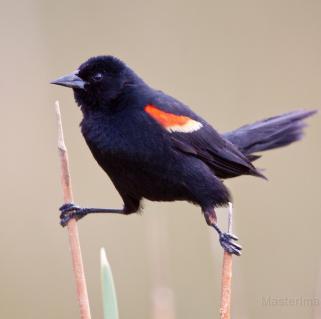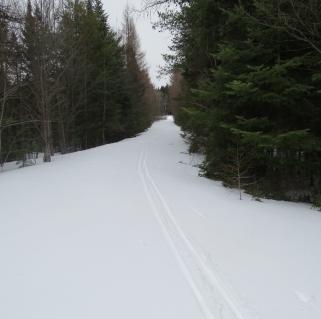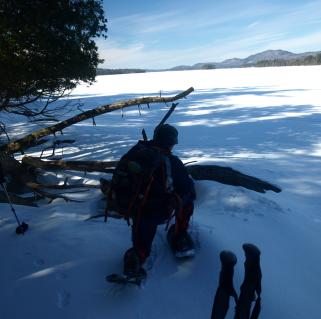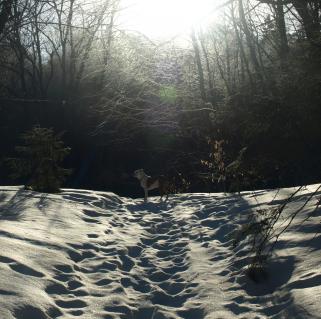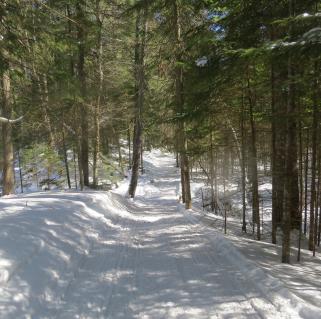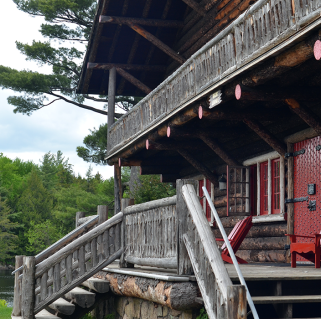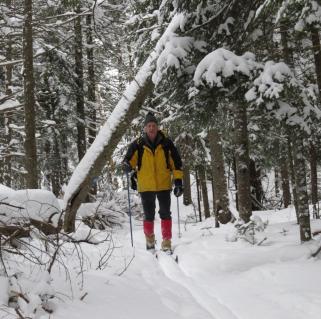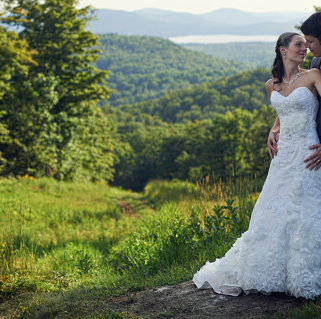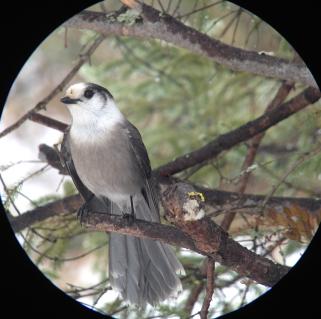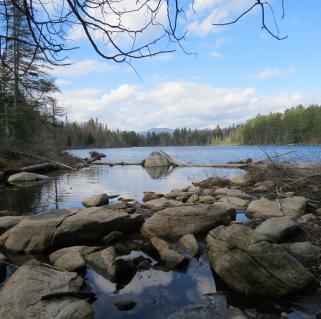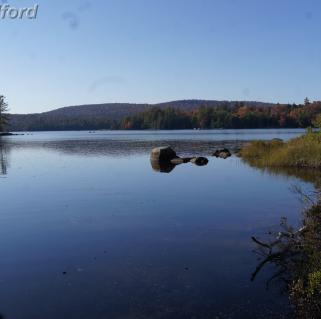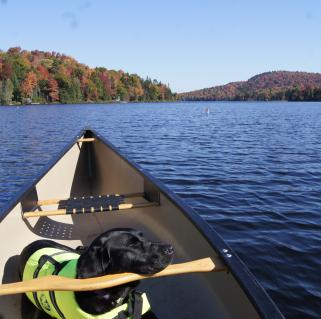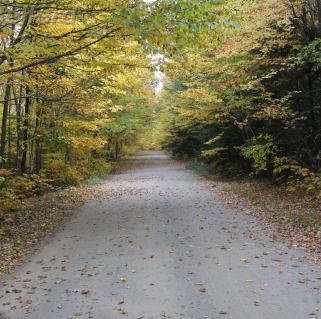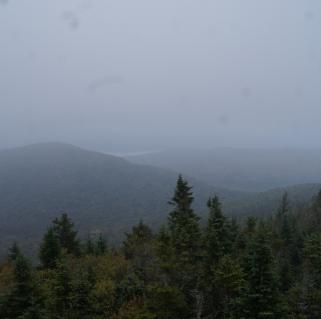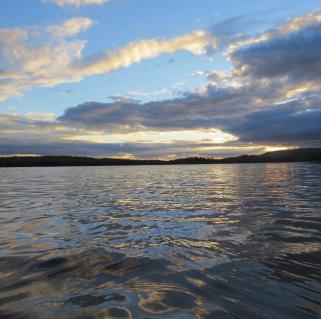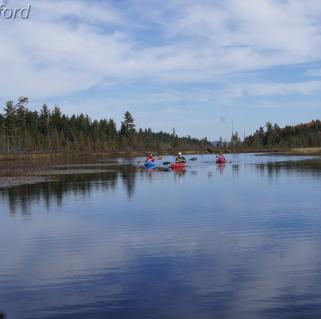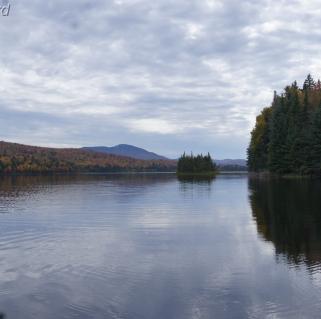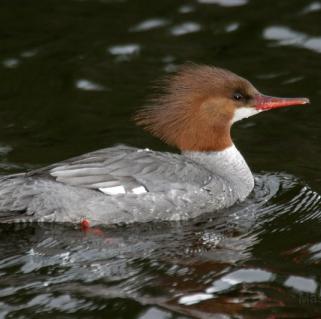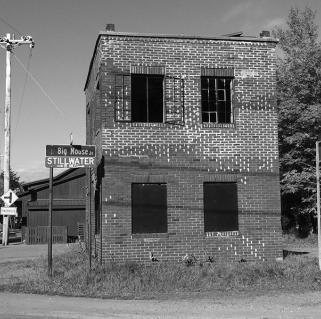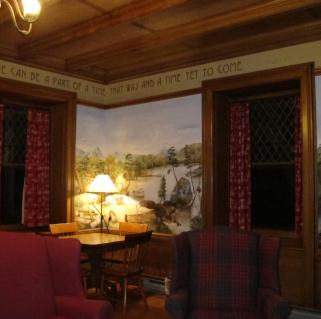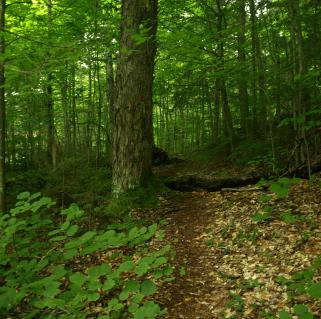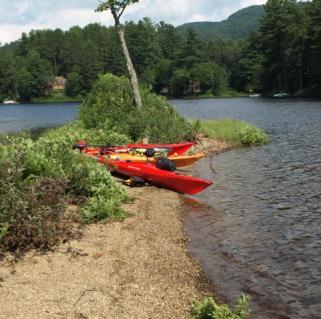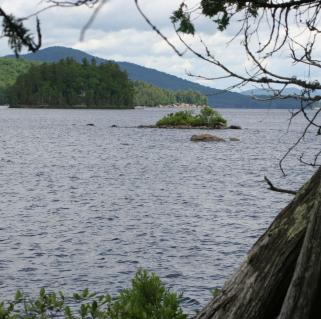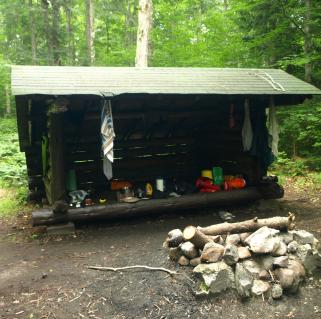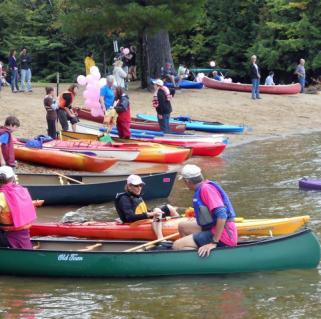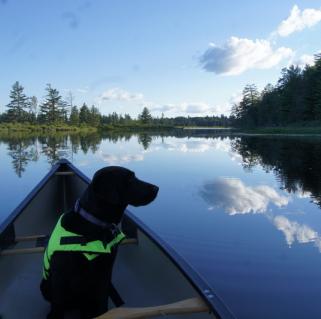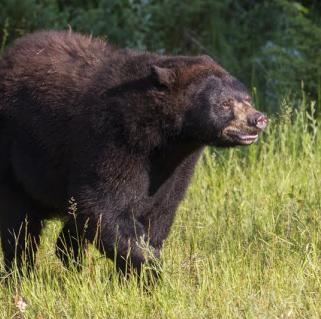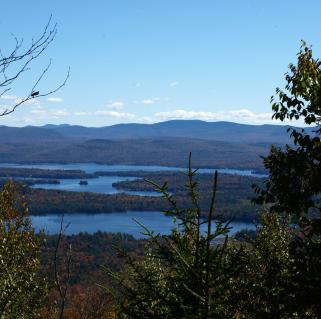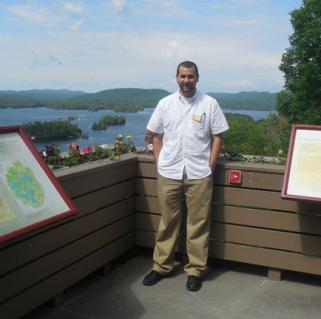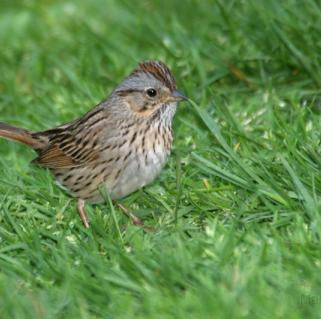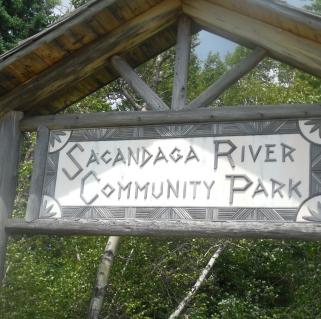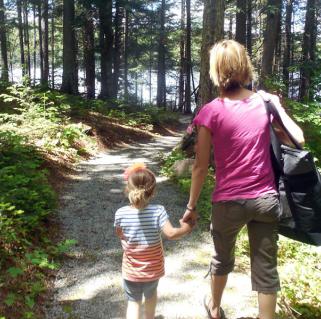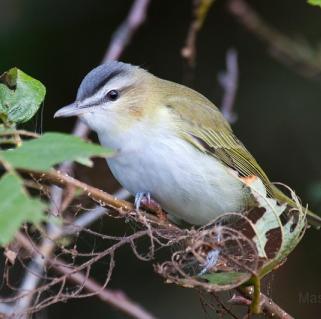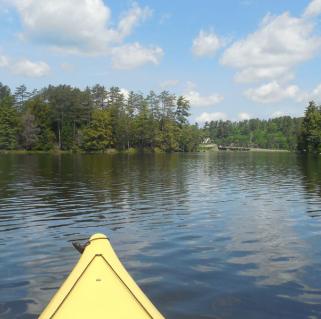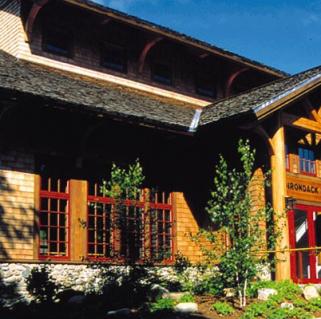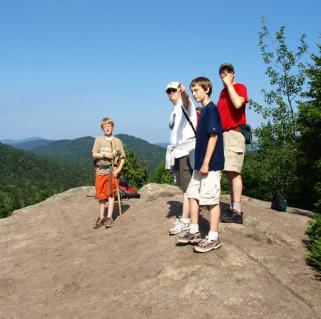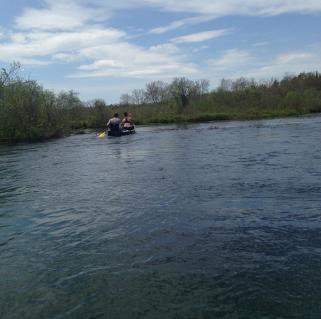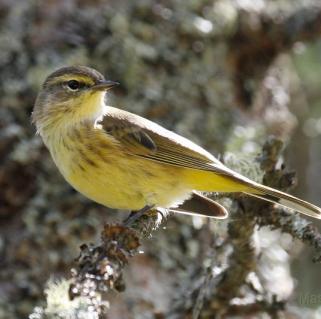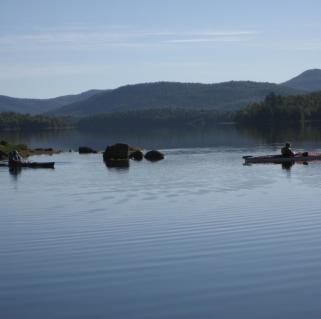Paddling Season!
With a warming spring sun upon us and the Dark-eyed Juncos, Song Sparrows, and Brown Creepers singing early spring to my yard, our lakes and waterways are beginning to open up. Such gaps in the ice have been quickly colonized by migrant ducks, and we paddlers won’t be far behind, so it is time to start unearthing our paddling gear and warming up our canoeing muscles in preparation for the upcoming season.
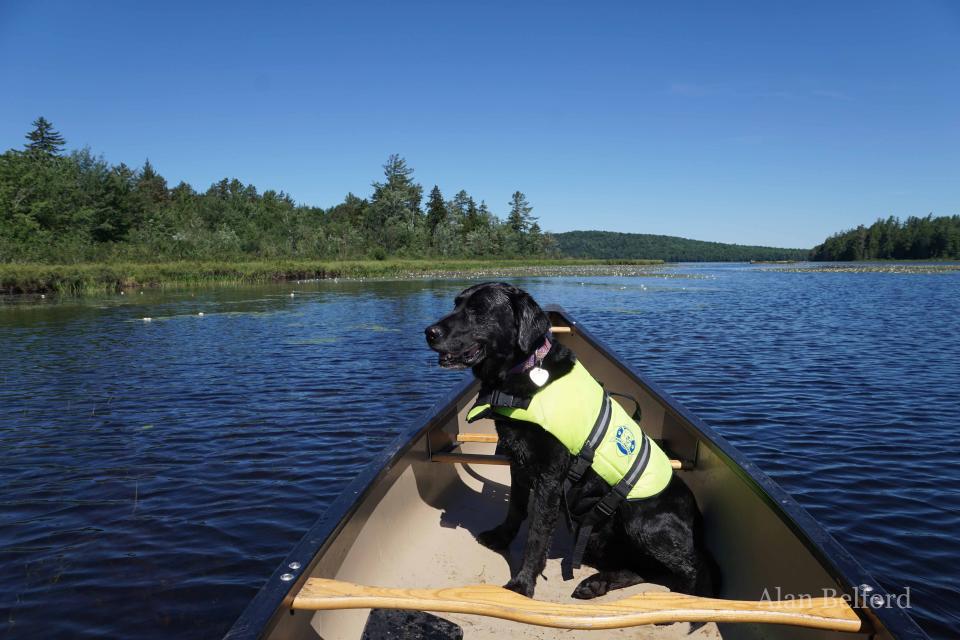
One of the beauties of living in the Adirondacks is that there is seemingly no end to the places we can explore by boat. It allows us to head out for a few hours after work or early in the day if that is all the time we have. But the Adirondacks are also loaded with paddling options which can take us all day, or routes we can explore overnight or over the course of a few – or even several – days. I must admit that I want to take more of those overnight trips and as I’m looking ahead to the paddling season, here are a few options in the Central Adirondacks for us all to consider.
Little Tupper Lake/Round Lake
Joined together beneath Sabattis Road a short distance from the DEC headquarters on Little Tupper Lake, these two lakes can be explored separately or together on the same trip, depending on your time and interest. Wren and I have regularly paddled Round Lake as a day trip over the past few years – but like any of these paddles it can be made into a day trip or an overnight adventure.
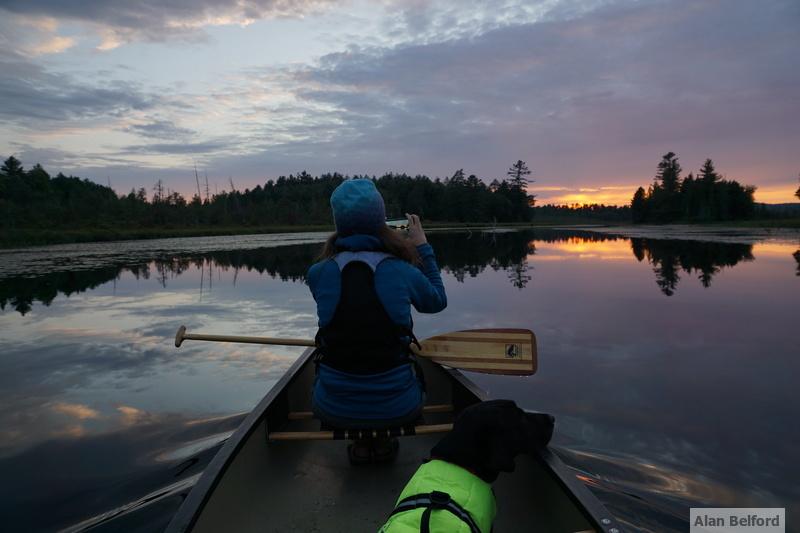
The channel leading north from Sabattis Road to Round Lake takes paddlers into the Round Lake Wilderness and folks can poke along the edges of the bog mat as they go, listening to Lincoln’s Sparrows and watching for beavers, Bald Eagles, and Great Blue Herons. The channel eventually widens as it meets the lake, and paddlers can follow the outline of the lake, spending the night at one of the nearly dozen campsites which ring the lake.
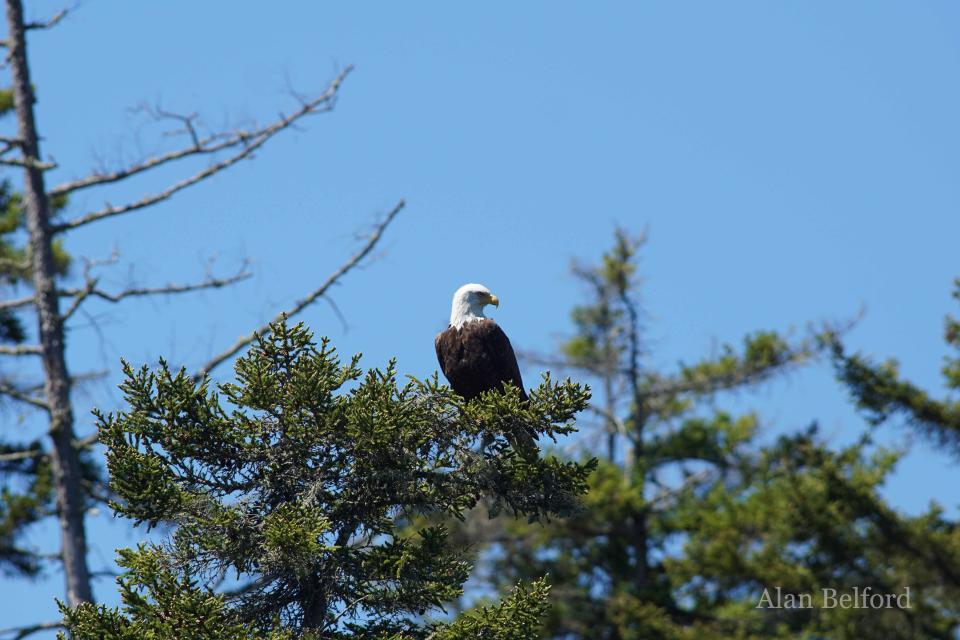
Just up the road from the put-in for Round Lake, the DEC Headquarters on Little Tupper Lake offers paddlers bathrooms, fresh water, and a beautiful beach for launching a boat or swimming, if that is more to your liking. Little Tupper Lake itself, south of Round Lake, presents a much larger waterbody than Round Lake – meaning you should be mindful of the wind if you go.
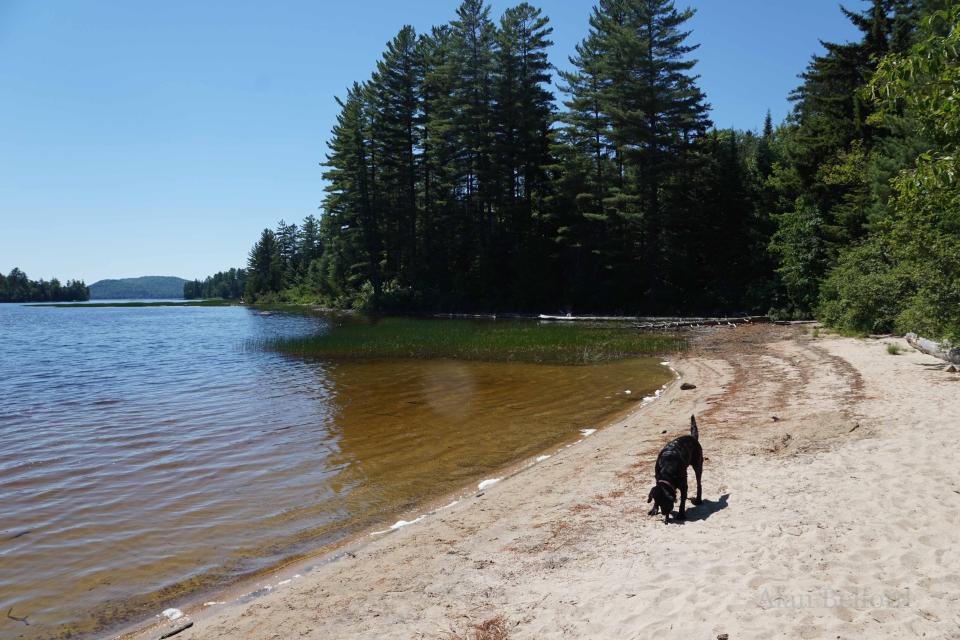
The larger size of Little Tupper Lake also means that it offers you a lot more campsites for staying overnight if that is your style, and you can even find yourself camping along the shore of Rock Pond if you choose to venture that far. It is all part of the 19,500-acre William C. Whitney Wilderness Area, embodied in the nighttime hoots of Barred Owls, yapping coyotes, or the tremolos of Common Loons. And while you are in the neighborhood, you can also paddle and camp on Lake Lila if you want to drive the long, bumpy road (off Sabattis Road) to the put-in. Be careful driving the road, which is 5.6 miles long.
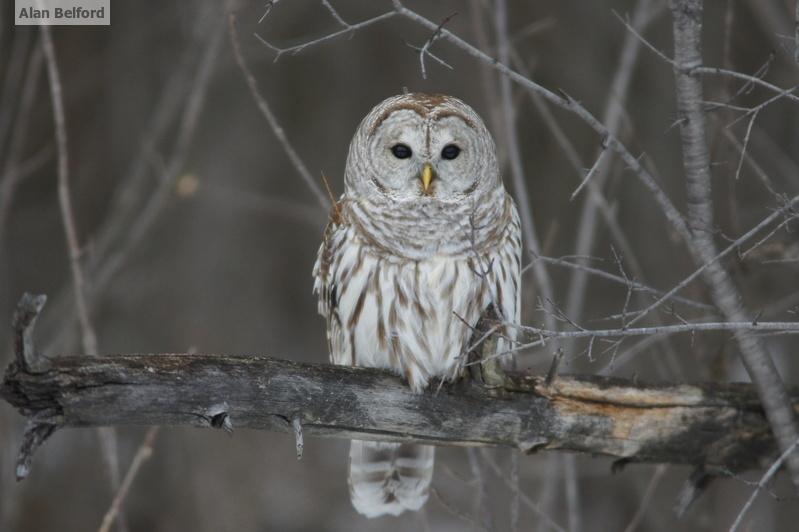
Bog River to Low’s Lake
As with Round Lake, the Bog River has been a regular day paddle for Wren and me in recent years. But it is also an excellent overnight trip, and folks who would like to camp along it without the requirement of a prolonged paddle will be happy to know that there are a few campsites not far along the river from the put-in at Low’s Lower Dam.
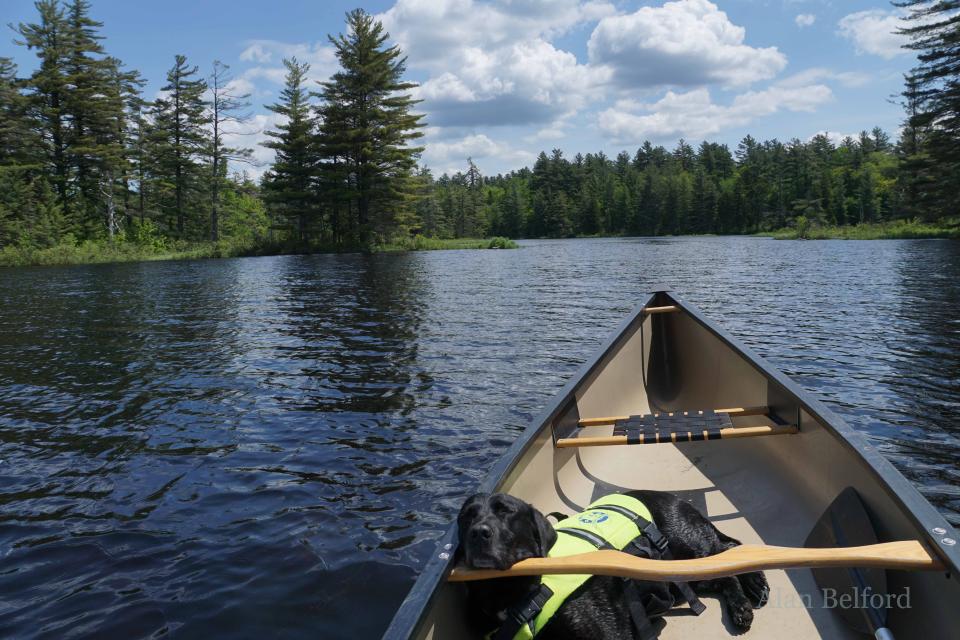
From this put-in the river snakes around rocky outcrops and along the marshy margins where you can look for Great Blue Herons, Wood Ducks, or Hooded Mergansers, while Ospreys cruise above. Passing beneath the old railroad bed which connects Horseshoe with Sabattis, the river winds its way into Hitchins Pond a few miles from the put-in, and where a few campsites dot the shoreline. The boggy and marshy habitat along the shore (Hitchins Bog) also offers excellent birding and paddlers should keep their eyes open for hidden American Bitterns as a result.
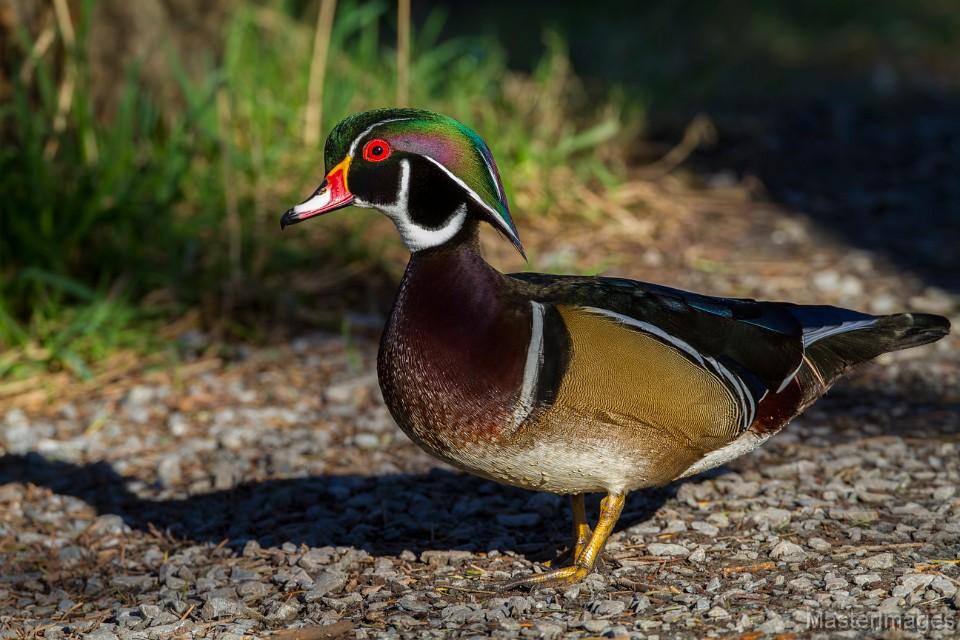
Depending on their time and plans, intrepid paddlers can then carry their boats around Low’s Upper Dam to put-in back on the Bog River which they can follow for a few more miles until it reaches Low’s Lake, its interesting shoreline and islands, and the many campsites it offers for extending a stay.
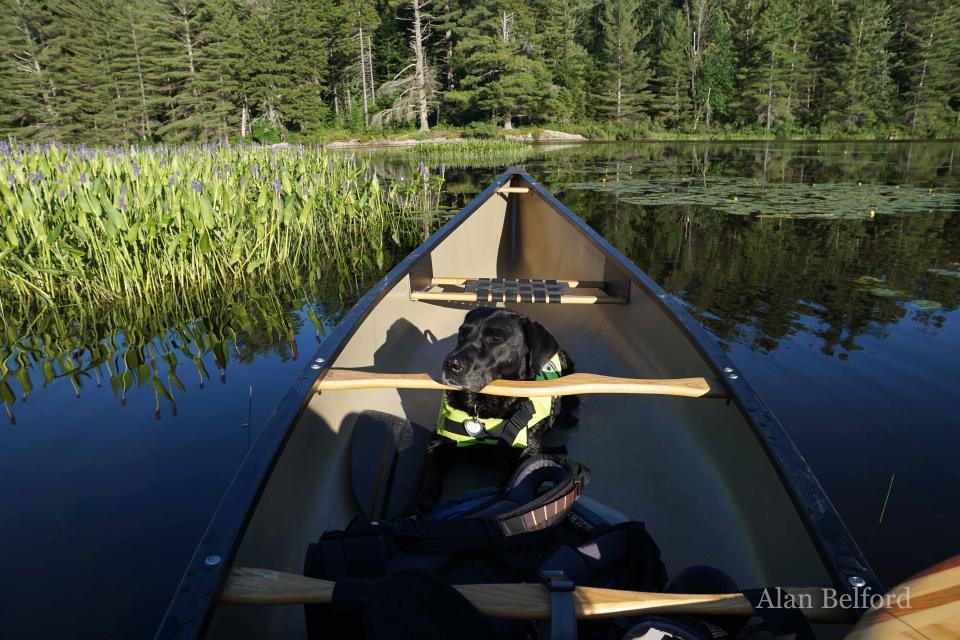
Once again, you should be mindful that Low’s Lake is a wide expanse of water, so be cautious of the wind. Finally, if you are feeling particularly adventurous and ate a complete breakfast, you can also carry your boat west from the west end of Low’s Lake for a few miles in order to reach the Oswegatchie River, following it north into Wanakena.
Cedar River Flow
Located at the eastern entrance to the Moose River Plains, and a short distance west of Indian Lake, Cedar River Flow once again offers paddlers a great place to explore for as long as their time and energy will allow. From the put-in at Wakely Dam, the flow takes paddlers south through a fantastic setting with the West Canada Lake Wilderness Area to the east and the Moose River Plains to the west. This paddle is largely open so it can become windy, but it offers a great place to view the surrounding landscape, particularly in the fall when the leaves are changing on Buck Mountain and Onion Hill.
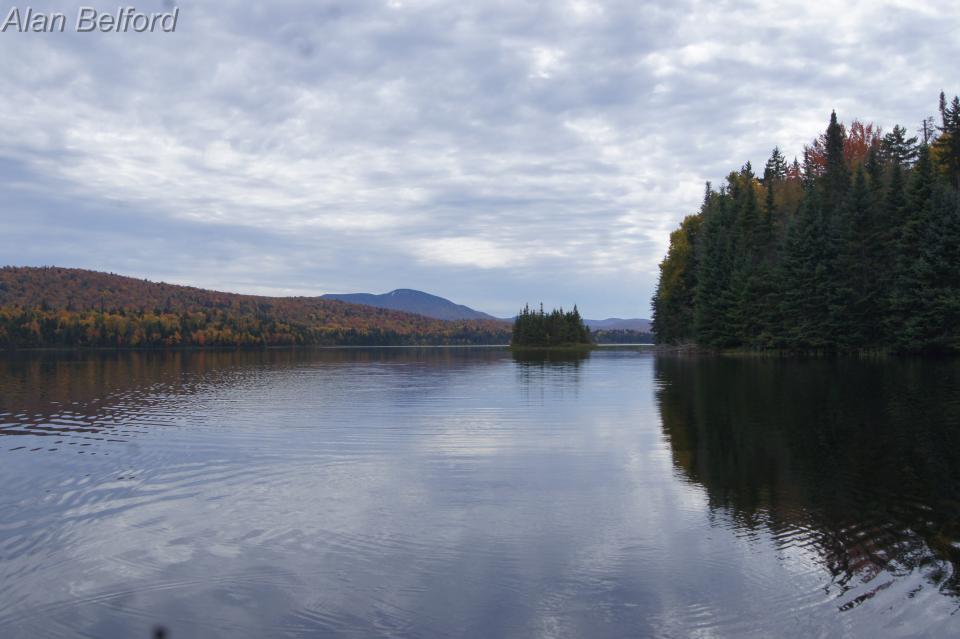
The shoreline of the flow also has plenty of nooks for exploring, and it offers a series of campsites for overnight stays as well, mostly along the eastern shore. Paddlers who don’t want to haul all of their gear with them in the canoe but who want to camp for a night or two can also camp in the nearby Moose River Plains with its many roadside campsites. As such, folks can also combine their paddling trip with a hike in the Plains, or by visiting the small ponds – like Helldiver and Icehouse - which dot its landscape.
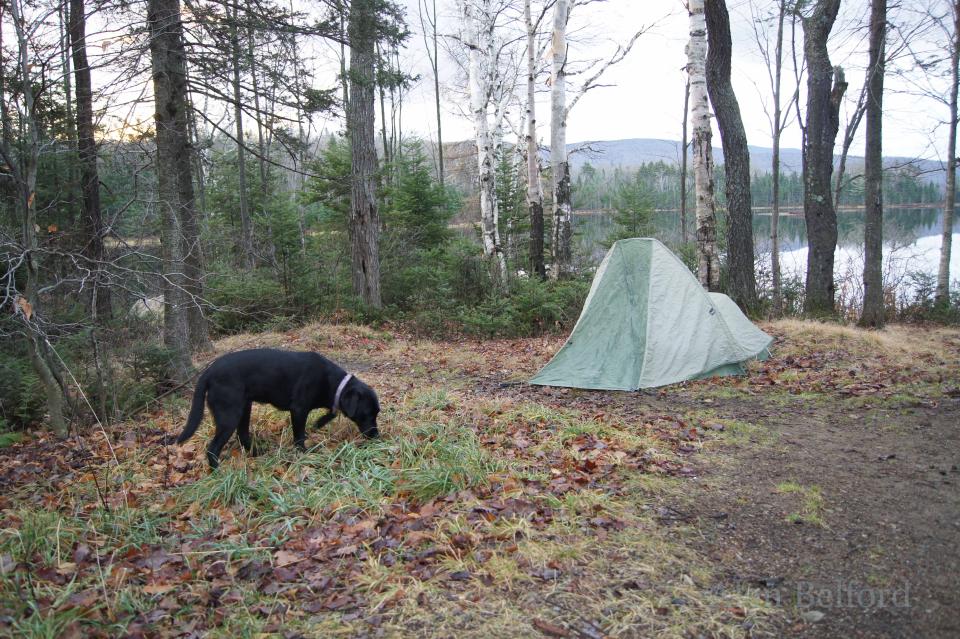
These are just a few of the amazing paddling locations available to us here in the Adirondacks. Start planning your adventure today by checking out our lodging and dining pages!
This week in ADK news:

